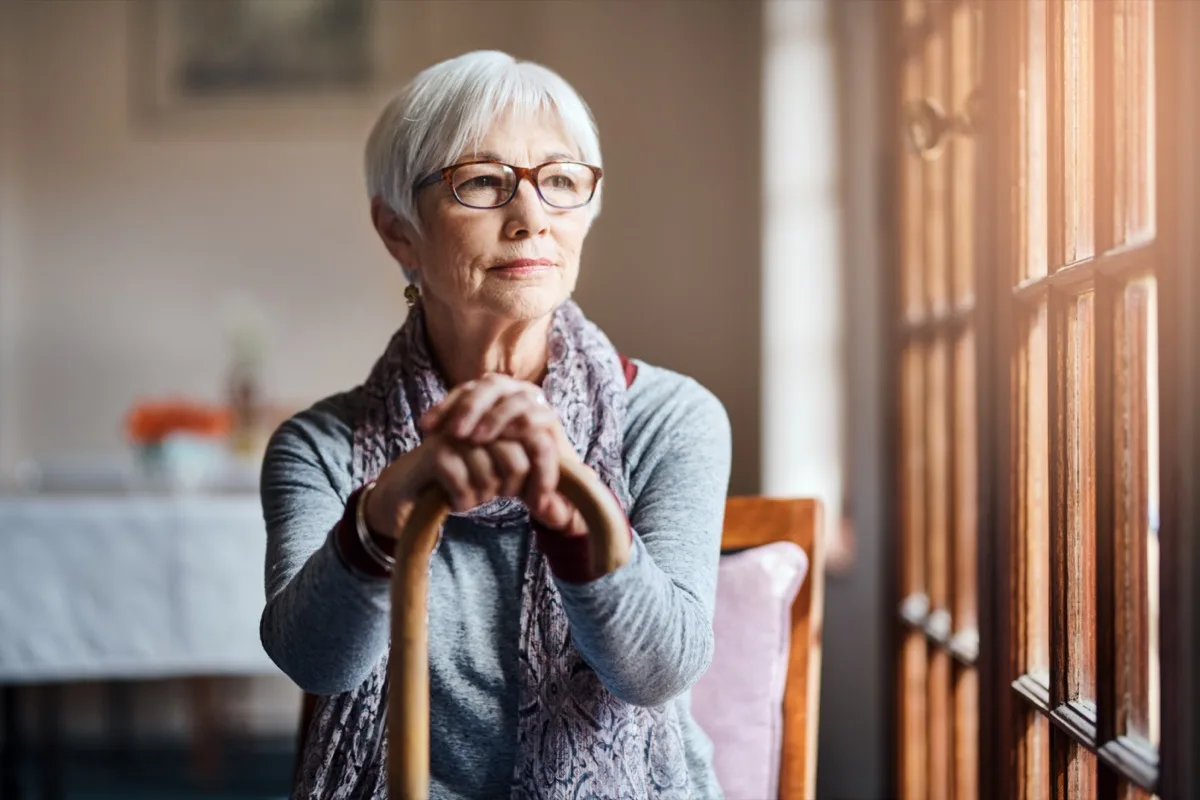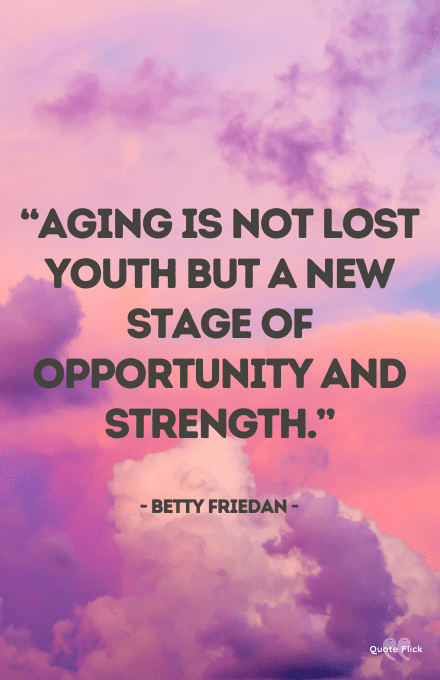Have you ever wondered whether you will be happier in retirement than when you are still working?
A long-term research study has considered seven aspects of personal life which may determine whether you will feel satisfied in your retirement years. The seven aspects of personal life are: standard of living, health, achieving in life, personal relationships, safety, community connectedness, and future security.
Known as the Personal Wellbeing Index (PWI), the PWI determines the average level of individual satisfaction compared to the National Wellbeing Index (NWI).
The research was conducted to create the Australian Unity Wellbeing Index (AUWI) as a barometer of Australians’ subjective wellbeing (SWB). Thirty-five cross-sectional surveys of 50,060 Australians were conducted over a period of 17 years, from March 2002 to April 2018. The same core index questions, forming the PWI and NWI were asked within each survey.
Subjective Wellbeing (SWB) in ageing and retirement is a topic of growing relevance, with more than 1 in 7 Australians aged 65 years or above, and more people in this age group choosing to remain in the workforce for longer periods.
As individuals age, it is apparent that SWB becomes increasingly influential on health and longevity. Identifying factors that predict wellbeing in retirement may offer important insights that inform health policy advances to promote wellbeing in older Australians.
Key findings
Differences in wellbeing between retirees and non-retirees:
- Retirees as an aggregate group (2003-2018) reported scores above the Australian normative range on Global Life Satisfaction (GLS), overall Personal Wellbeing Index (PWI), and on the individual domains of standard of living, achieving in life, personal relationships and future security.
- Compared to non-retirees, participants who were retired reported higher scores on the individual domains of standard of living, achieving in life, personal relationships, community connectedness and future security. However, retirees reported lower scores on the domain of health compared to non-retirees.
SWB was measured using two indexes. One is the single-item, Global Life Satisfaction (GLS), which askes “How satisfied are you with your life as a whole?
The second is the Personal Wellbeing Index (PWI), which reflects the average level of satisfaction across seven life domains – standard of living, health, achieving in life, relationships, safety, community connectedness, and future security.
Differences in SWB among retirees over time:
Group comparisons between retirees in 2003 and 2018 identified lower SWB among retirees in 2018 on overall PWI scores, and the domains of standard of living, health, achieving in life and personal relationships. This suggests that SWB has decreased somewhat over time among retirees in Australia.
Group comparisons across each survey timepoint also largely supported these findings.
- GLS, PWI, and the domains of standard of living, personal health, achieving in life, personal relationships and future security decreased over time but were still within the normative range for GLS, overall PWI, standard of living, achieving in life and personal relationships.
For health, average scores fell from within the normative range to below the normative range:
- Decreasing scores on GLS and personal relationships were similar
between retirees and non-retirees. - Average scores on PWI, standard of living, health, achieving in life and future security were found to decrease at a somewhat faster rate among retirees compared to non-retirees.
- Two domains showed increasing SWB over time: personal safety and community
connectedness; however, these changes were similar for both retirees and non-retirees.
Predictors of wellbeing over time by retirement status:
Notably, the transition into retirement period was characterised by the highest levels of SWB, self-esteem, optimism, coping and resilience, as well as the lowest levels of depression.
The predictors of SWB differed for the three retirement groups. Specifically, overall PWI in 2018 was predicted by the following factors (assessed in 2013):
For those who transitioned into retirement, higher levels of satisfaction with achieving in life, personal relationships and personal safety.
- For those who remained non-retired, higher levels of satisfaction with personal health and community connectedness.
- For those who remained retired, higher levels of satisfaction with personal health, personal safety and community connectedness.
- Additionally, for those who remained retired, higher levels of optimism in 2013 were predictive of smaller decreases in PWI scores.
Notably, the effects sizes for these relationships were small, which suggests that there are likely to be a range of factors that contribute to SWB among Australian adults around the period of retirement.
https://nla.gov.au/nla.obj-1618700446/view

